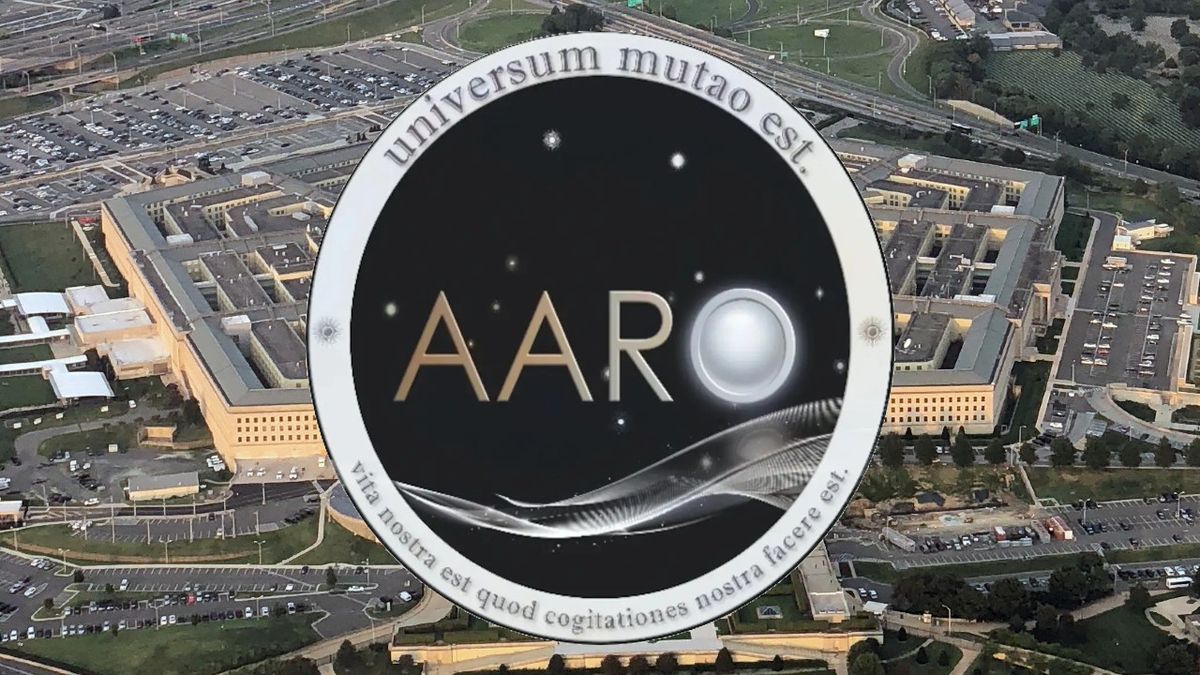The Pentagon’s Unidentified Aerial Phenomena (UAP) Monitoring Efforts
The Pentagon’s office devoted to investigating Unidentified Aerial Phenomena (UAP) is currently in the process of developing sensor kits to enhance their ability to collect real-time data on mysterious objects in the sky and in space. According to Tim Phillips, the acting head of the All-Domain Anomaly Resolution Office (AARO), a division within the U.S. Department of Defense focused on studying UAP, formerly known as UFOs, this initiative aims to broaden the scope of understanding anomalous phenomena.
Phillips revealed that collaborations with government laboratories and academic institutions are ongoing to create a portable sensor kit designated as the “Gremlin System.” This advanced device is designed to capture data across various spectra, allowing for comprehensive analysis of UAP occurrences.
Utilization of the Gremlin System
The Gremlin System, as highlighted by Phillips, has already demonstrated its effectiveness in detecting diverse phenomena, including those observed in space. Notably, the sensor has detected phenomena such as bats, birds, and solar flares, contributing to a deeper understanding of orbital elements surrounding Earth and enabling the identification of non-anomalous objects.
Phillips emphasized the potential applications of the Gremlin System, mentioning the surveillance of sensitive locations to detect airspace breaches and monitor U.S. satellites in orbit. The device’s flexibility allows for responsive deployment in reaction to UAP encounters at strategic military sites or near critical U.S. infrastructure.
As AARO prepares to present the Gremlin System to Pentagon leadership, the goal is to establish a framework for deploying these sensor kits swiftly in situations involving UAP sightings at locations of national security interest or in proximity to vital U.S. assets.
Image/Photo credit: source url





